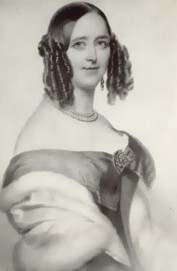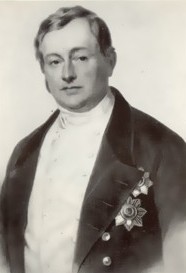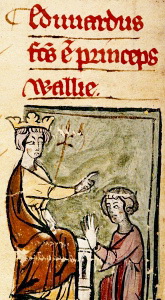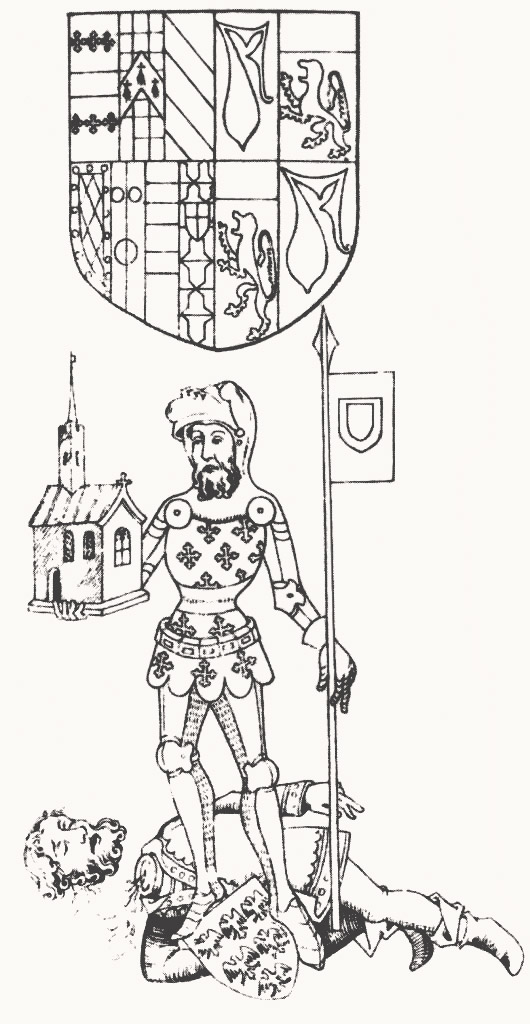by Susan Flantzer
© Unofficial Royalty 2021
The County of Waldeck was a county within the Holy Roman Empire since 1180. In 1625, the much smaller County of Pyrmont became part of the much larger County of Waldeck through inheritance and the combined territory was known as the County of Waldeck-Pyrmont. In 1712, Friedrich Anton Ulrich, Count of Waldeck-Pyrmont was elevated to Prince of Waldeck-Pyrmont by Holy Emperor Karl VI.
Friedrich, the last Prince of Waldeck-Pyrmont, abdicated on November 13, 1918, and negotiated an agreement with the government that gave him and his descendants the ownership of the family home Arolsen Castle and Arolsen Forest. Today the territory that encompassed the Principality of Waldeck-Pyrmont is located in the German states of Hesse and Lower Saxony
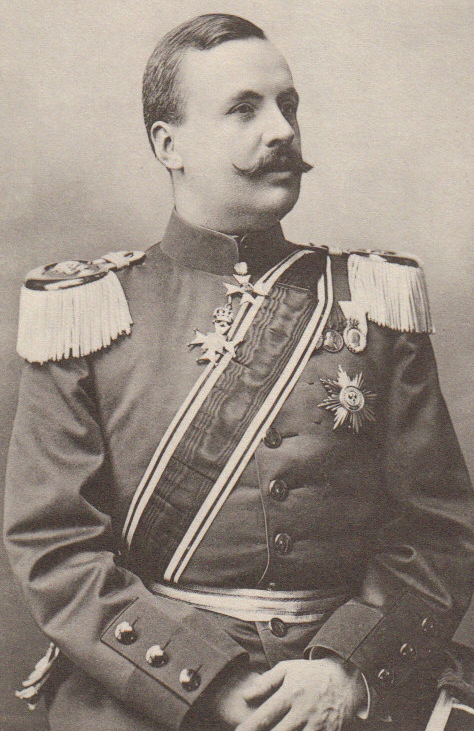
Friedrich, Prince of Waldeck-Pyrmont; Credit – Wikipedia
Friedrich, the last reigning Prince of Waldeck-Pyrmont, was born on January 20, 1865, in Arolsen, Principality of Waldeck and Pyrmont, now in the German state of Hesse. He was the only son and the sixth of the seven children of Georg Viktor, Prince of Waldeck and Pyrmont and Helena of Nassau, daughter of Wilhelm, Duke of Nassau and his second wife Pauline of Württemberg. Friedrich studied law at the University of Göttingen and the University of Leipzig. After his time at university, he served in the Prussian Army in Guards Uhlan Regiment.
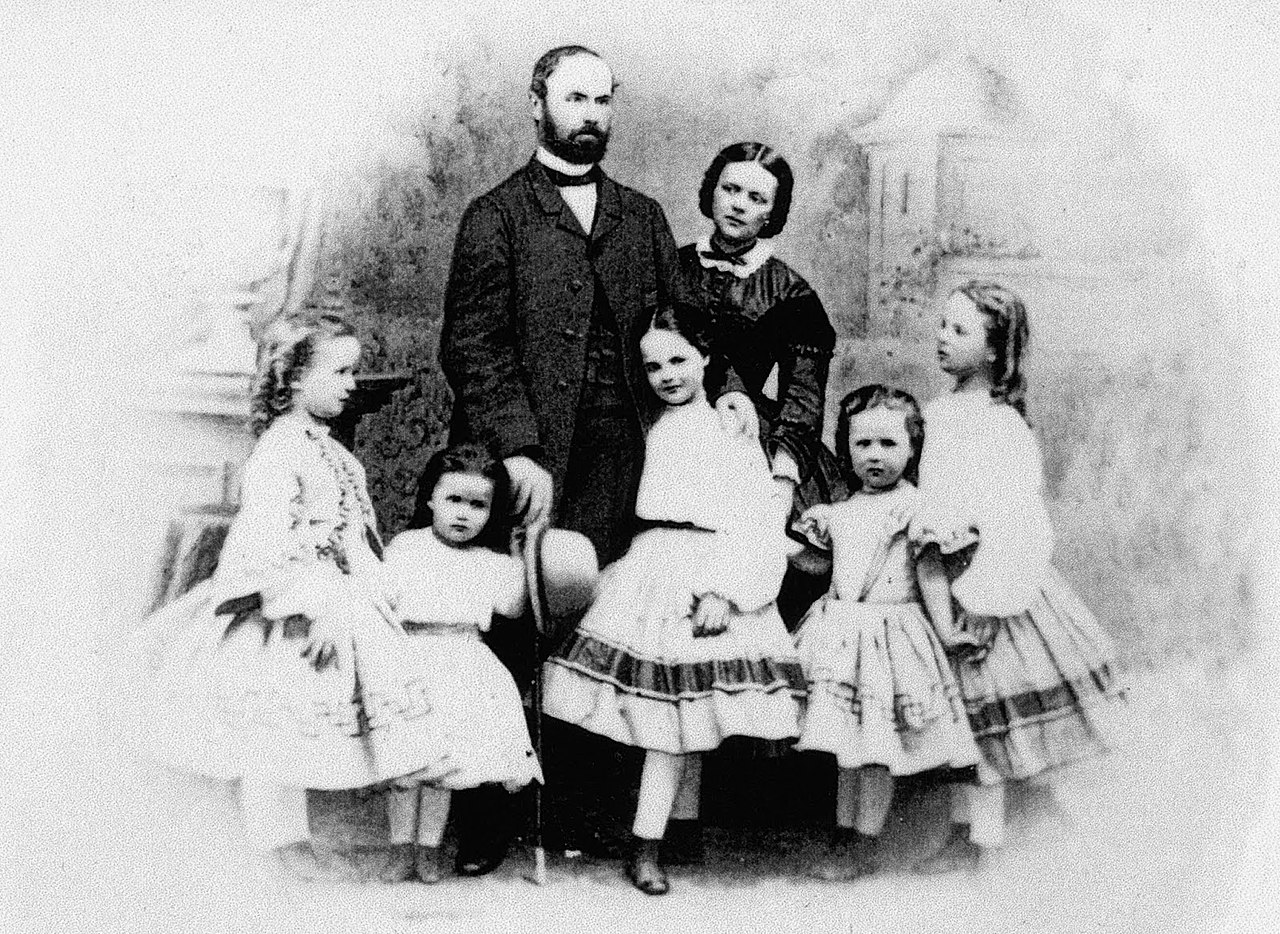
Friedrich’s parents with his five elder sisters, circa 1864; Credit – Wikipedia
Friedrich had six sisters. Through his sister Emma, he was the uncle of Queen Wilhelmina of the Netherlands, and through his sister Helena, he was the uncle of Charles Edward, the last reigning Duke of Saxe-Coburg and Gotha.
- Sophie of Waldeck-Pyrmont (1854 – 1869), died of tuberculosis at age fifteen
- Pauline of Waldeck-Pyrmont (1855 – 1925), married Alexis, Prince of Bentheim and Steinfurt, had eight children
- Marie of Waldeck-Pyrmont (1857 – 1882), married the future King Wilhelm II of Württemberg, had two children, died in childbirth as did her third child
- Emma of Waldeck-Pyrmont (1858 – 1934), married King Willem III of the Netherlands, had one child Queen Wilhelmina of the Netherlands
- Helena of Waldeck-Pyrmont (1861 – 1922), married the youngest son of Queen Victoria, Prince Leopold, Duke of Albany, had two children including Charles Edward, last reigning Duke of Saxe-Coburg and Gotha whose daughter Sibylla married Prince Gustaf Adolf of Sweden, Duke of Västerbotten, their son is King Carl XVI Gustaf of Sweden
- Elisabeth of Waldeck-Pyrmont (1873 – 1961) married Alexander, Prince of Erbach-Schönberg, had four children
Friedrich’s mother Helena had been in ill health for the last decade of her life and she died on October 28, 1888, aged 57. In 1891, Friedrich’s father Georg Viktor married again to Princess Louise of Schleswig-Holstein-Sonderburg-Glücksburg, who was twenty-seven years younger.
Friedrich had one, much younger half-brother from his father’s second marriage:
- Prince Wolrad of Waldeck and Pyrmont (1892–1914), killed in action in World War I
Upon the death of his father on May 12, 1893, Friedrich became the reigning Prince of Waldeck-Pyrmont. Friedrich’s half-brother Wolrad grew up without his father, who died one year after his birth. Friedrich took on much responsibility for his half-brother’s upbringing.
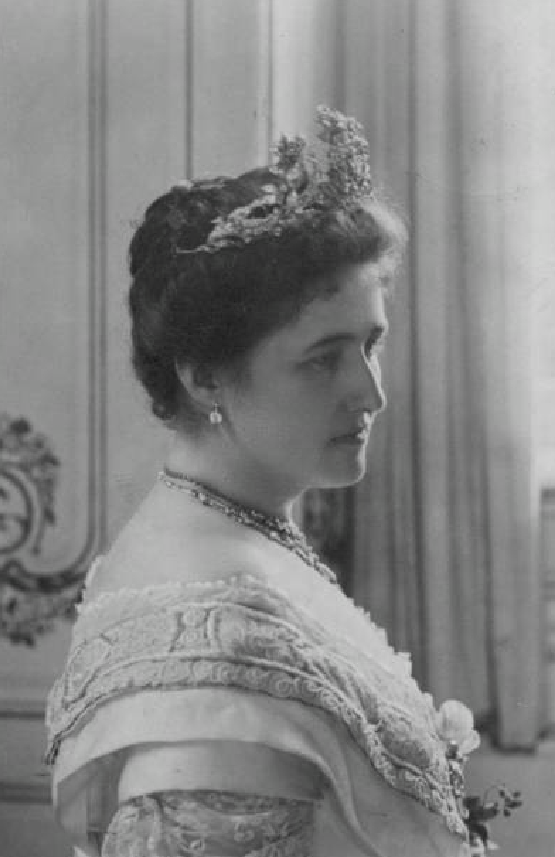
Bathildis of Schaumburg-Lippe; Credit – Wikipedia
On August 9, 1895, in Náchod, Kingdom of Bohemia, now in the Czech Republic, Friedrich married Bathildis of Schaumburg-Lippe, daughter of Prince Wilhelm of Schaumburg-Lippe and Bathildis of Anhalt-Dessau.
Friedrich and Bathildis had four children:
- Josias, Hereditary Prince of Waldeck-Pyrmont (1896 – 1967), married Altburg of Oldenburg, had five children; Josias was a convicted Nazi war criminal
- Maximilian of Waldeck-Pyrmont (1898 – 1981), married Countess Gustava von Platen Hallermund, had three children
- Helena of Waldeck-Pyrmont (1899 – 1948), married Nikolaus, Hereditary Grand Duke of Oldenburg, had nine children
- Georg Wilhelm of Waldeck-Pyrmont (1902 – 1971), married Countess Ingeborg von Platen Hallermund, had five children.
During World War I, Friedrich served as a Cavalry General in the Imperial German Army. After the defeat of the German Empire in World War I and the end of all the German monarchies, Friedrich abdicated on November 13, 1918. However, he was the only German prince who refused to sign an abdication agreement. Philipp Scheidemann, the Social Democratic Mayor of Kassel, jokingly called him “Friedrich the Defiant” because of his resistance. Friedrich negotiated an agreement with the government that gave him and his descendants the ownership of the family home Arolsen Castle and the Arolsen Forest.

Friedrich’s eldest son Josias; Credit – Wikipedia
Both Friedrich and his wife Bathildis lived through World War II. While neither Friedrich nor Bathildis joined the Nazi Party, their eldest son Josias, his wife Altburg, and their eldest child Margarethe were members of the Nazi Party. Josias joined the Nazi Party in 1929 and by 1930, he was a member of the Schutzstaffel, better known as the SS. The SS was the primary agency of security, surveillance, and terror in Nazi Germany and German-occupied Europe. In September 1930, Josias became the Adjutant and Staff Chief of Heinrich Himmler, the head of the SS, one of the most powerful men in Nazi Germany, and the main architect of the Holocaust. Josias rose through the ranks of the SS, eventually attaining the rank of General of the Waffen-SS, the military branch of the SS. Members of the Waffen-SS were involved in numerous atrocities. At the Nuremberg Trials (1945 – 1946), the Waffen-SS was judged to be a criminal organization because of its direct involvement in numerous war crimes and crimes against humanity.
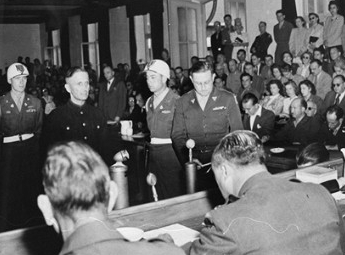
Josias (in black) as a defendant at the Buchenwald Trial in 1947; Credit – Wikipedia
On April 13, 1945, Josias was taken prisoner by American forces. For a period of time, Josias had supervisory authority over the Buchenwald concentration camp. He was sentenced to life imprisonment for crimes in connection to the Buchenwald concentration camp by an American court in Dachau, Germany during the Buchenwald Trial on August 14, 1947. In 1948, Josias’ sentence was reduced to twenty years. He was released early from the Landsberg War Crimes Prison for health reasons in 1950.

Princely Mausoleum and Cemetery; Credit – www.findagrave.com
Friedrich, the last Prince of Waldeck-Pyrmont, died on May 26, 1946, at the age of 81 in Arolsen, Germany. His son Josias became Head of the House of Waldeck-Pyrmont while in custody. Bathildis of Schaumburg-Lippe, the last Princess of Waldeck-Pyrmont, survived her husband by sixteen years, dying on April 6, 1962, aged 88, in Arolsen, West Germany, now in Germany. She was buried with her husband in the Princely Cemetery at Schloss Rhoden (link in German) in Rhoden, now in the German state of Hesse.
This article is the intellectual property of Unofficial Royalty and is NOT TO BE COPIED, EDITED, OR POSTED IN ANY FORM ON ANOTHER WEBSITE under any circumstances. It is permissible to use a link that directs to Unofficial Royalty.
Waldeck-Pyrmont Resources at Unofficial Royalty
- Principality of Waldeck-Pyrmont Index
- Profiles: Princes and Consorts of Waldeck and Pyrmont
- Waldeck and Pyrmont Royal Burial Sites
Works Cited
- De.wikipedia.org. 2020. Bathildis Zu Schaumburg-Lippe. [online] Available at: <https://de.wikipedia.org/wiki/Bathildis_zu_Schaumburg-Lippe> [Accessed 5 December 2020].
- De.wikipedia.org. 2020. Friedrich (Waldeck-Pyrmont). [online] Available at: <https://de.wikipedia.org/wiki/Friedrich_(Waldeck-Pyrmont)> [Accessed 5 December 2020].
- En.wikipedia.org. 2020. Friedrich, Prince Of Waldeck And Pyrmont. [online] Available at: <https://en.wikipedia.org/wiki/Friedrich,_Prince_of_Waldeck_and_Pyrmont> [Accessed 5 December 2020].
- En.wikipedia.org. 2020. Josias, Hereditary Prince Of Waldeck And Pyrmont. [online] Available at: <https://en.wikipedia.org/wiki/Josias,_Hereditary_Prince_of_Waldeck_and_Pyrmont> [Accessed 5 December 2020].
- En.wikipedia.org. 2020. Princess Bathildis Of Schaumburg-Lippe. [online] Available at: <https://en.wikipedia.org/wiki/Princess_Bathildis_of_Schaumburg-Lippe> [Accessed 5 December 2020].
- Flantzer, Susan, 2020. Georg Viktor, Prince of Waldeck and Pyrmont. [online] Unofficial Royalty. Available at: <https://www.unofficialroyalty.com/georg-viktor-prince-of-waldeck-and-pyrmont/> [Accessed 4 December 2020].
- Flantzer, Susan, 2020. Royal Burial Sites Of The Principality Of Waldeck-Pyrmont. [online] Unofficial Royalty. Available at: <https://www.unofficialroyalty.com/former-monarchies/german-royals/principality-of-waldeck-and-pyrmont/royal-burial-sites-of-the-principality-of-waldeck-pyrmont/> [Accessed 4 December 2020].
- Petropoulos, Jonathan, 2009. Royals And The Reich. Oxford: Oxford University Press








